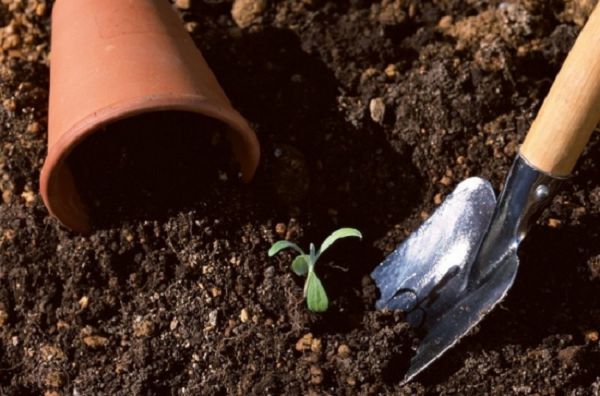The pruning method of potted flowers needs to pay attention to 7 points, and the flowers will have more branches after pruning.
Potted flowers at home need to be constantly trimmed in order to improve their ornamental properties. After some flowers have been trimmed, the flowers will blossom, while some potted plants will be more beautiful after trimming. Potted plants with high ornamental value are all repaired by the skillful hands of flower friends. So to trim flowers, it is necessary to master those key points.
Let's take a look at each.
1. Plant trimming purpose
Pot trimming for flowers is mainly to make the plants look more beautiful. Other herbaceous flowers bloom more vigorously after trimming, and some flowers can promote more branches and make plants more robust after trimming. Through the way of trimming, you can also make some flowers burst into pots, such as stars all over the sky.
2. Pick the heart
Coring is to pinch off the buds at the top of the flower stem for the purpose of stimulating the growth of lateral buds in the lower part of the stem and effectively increasing the number of branches of the stem. For herbaceous flowers, coring can be carried out at the seedling stage or at the early stage of potting, which can effectively promote its branch germination and make the plant type more compact.
Some flowers can be plucked many times during the growth period, can promote its more branches, more branches, more natural flowering, so as to achieve the effect of burst pot, such as sunflower, petunia and so on.
After coring treatment, woody flowers can not only promote multi-branching, but also promote flower bud differentiation and keep plants dwarf, such as gardenia, sweet-scented osmanthus and so on.
3. Thinning of plants.
Thinning is mainly to cut off overly dense and overlong branches, as well as redundant side branches and weak branches, as well as diseased and dead branches. The main purpose is to keep the appearance of the plant neat, looking very comfortable as a whole.
For woody flowers, cut off dense, irregularly crossed branches, including overgrown branches, weak branches, withered branches, diseased branches or extra bore branches, sprouting at the base. It can improve the ventilation and ventilation inside the plant, which is beneficial to its growth.
4. Strong cutting of branches
Strong shearing generally shortens the branches of the whole plant, usually leaving 10-20 cm at the base of the plant. strong shearing can promote the germination of new branches at the base of the plant. It is usually used on potted flowers that are too tall or weak, such as sunflowers, triangular plums, and jasmine.
5. Removal of remnant flowers
The removal of residual flowers is a work that is often done in the process of raising flowers in potted plants, mainly picking out the failed flowers. There are three advantages of removing residual flowers: one is to reduce the consumption of nutrients, the second is to keep the plant beautiful, and the third is to promote flower buds to continue to grow.
Of course, different flowers are treated in different ways, for example, after the gentleman orchids are faded, cut off the stems of the flowers together with the remnants. After the longevity flowers fade, the remaining flowers need to be cut off together with a pair of leaves at the bottom of the inflorescence. After reporting the thanks of the spring flowers, remove the petals.
6. Take off the buds
The main purpose of removing the buds is to make the flowers bloom bigger. generally, only one bud is left on a flower branch, and the rest of the buds can be removed, which can effectively concentrate nutrients. For example, camellia, rose flowers in pursuit of large flowers
By picking flower buds, a flower branch retains a single flower bud, thus achieving the effect of large flowering.
7. Root pruning
Flower root pruning is usually carried out together with the flowerpot, mainly trimming the main root or damaged root system, often in the process of changing the basin, the old root, rotten root, diseased root, too dense root, or weak root will be combed, and after root trimming, it can promote the development of new roots and make flowers grow better.
Related
- What if the leaves of potted flowers turn yellow?
- Florescence Control of several Flowers
- Anti-freezing technology and post-freezing nursing technology of flowers
- What is the classification of flowers? What are the common methods of flower classification?
- Prevention and control of alkali and acid damage of flowers in courtyard
- Technology of Anti-freezing and restoring growth of Flower seedlings in greenhouse and greenhouse
- How does flower fertilization not hurt the root? Fertilization technology of flowers
- Key points of disinfection in flower greenhouse
- Several pesticides that are banned or used cautiously in flowers
- How to fertilize the flowers that watch the leaves?



